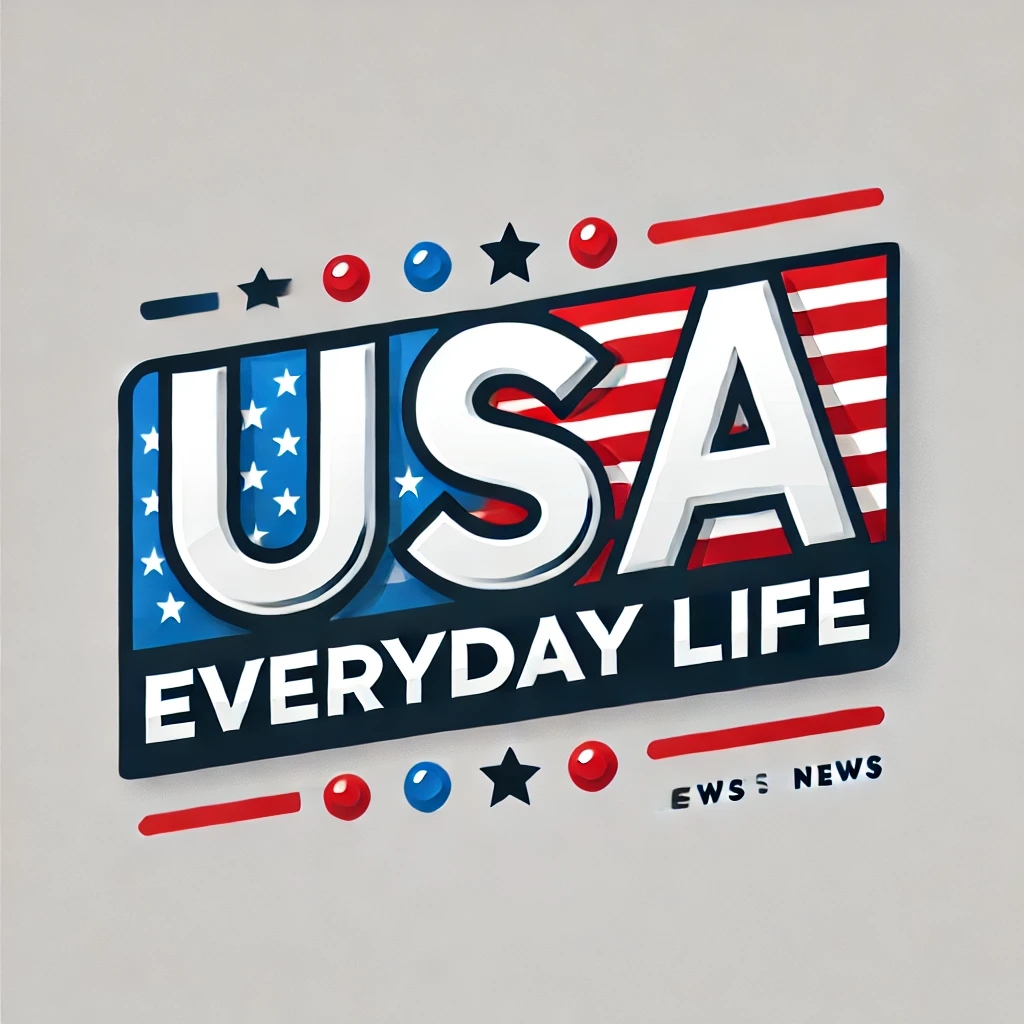A in San Francisco, California, US, on Thursday Aug. 10, 2023.
David Paul Morris | Bloomberg | Getty Images
General Motors will no longer fund robotaxi development of its Cruise division, the company said on Tuesday.
The Detroit automaker cited the increasingly competitive robotaxi market, capital allocation priorities and the considerable time and resources necessary to grow the business as reasons for its decision.
GM said it plans to instead “realign its autonomous driving strategy” to focus on advanced driver assistance systems and autonomous systems for use in personal vehicles. The company will combine the majority-owned Cruise LLC with GM technical teams.
The company currently owns about 90% of Cruise and has agreements with other shareholders that will raise its ownership to more than 97%, GM said in a statement. It will pursue “acquisition of the remaining shares.”
GM CEO and board chair Mary Barra and other company executives will speak with analysts about the Cruise restructuring at 4:30 p.m. in Detroit.
With the decision, GM is effectively pulling out of the robotaxi market despite the automaker having already spent more than $10 billion on Cruise since acquiring the company in 2016.
The company in July announced that it would indefinitely delay production of the Origin autonomous vehicle as its Cruise self-driving unit attempted to relaunch operations. At that point, Cruise began to focus on using the next-generation Chevrolet Bolt for development of its autonomous vehicles.
In October 2023, Cruise grounded its driverless operations after collisions, a clash with regulators, and suspension of its permits that allowed it to operate a robotaxi ride hailing service in California.
In the U.S. Alphabet-owned Waymo has begun to operate commercial robotaxi services across several major metro areas while GM-owned Cruise has faltered. Chinese autonomous vehicle makers including Pony.ai and WeRide have rolled out in overseas markets as well.
Tesla, meanwhile, showed off design concepts for a self-driving Cybercab at an event in October. Tesla still classifies the Autopilot and Full Self-Driving software in its vehicles as “partially automated driving systems,” which require a human to be ready to steer or brake at all times. In an October earnings call, Tesla CEO Elon Musk said the company will launch a self-driving ride-hailing service in California and Texas as early as 2025.
SoftBank-funded Wayve is testing its autonomous vehicles in San Francisco, and Amazon-owned Zoox is also testing its autonomous vehicles, which do not feature steering wheels, in several U.S. cities including San Francisco.
— CNBC’s Michael Wayland contributed reporting
WATCH: Uber and Lyft drop on news Waymo is expanding to Miami
